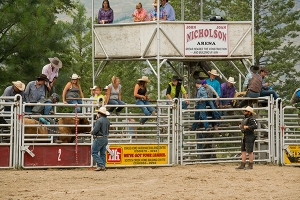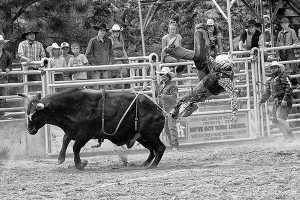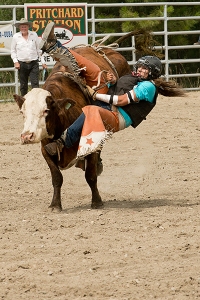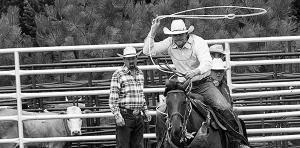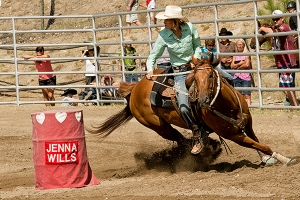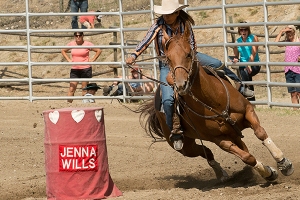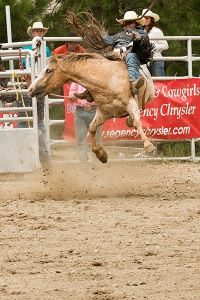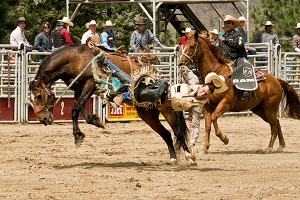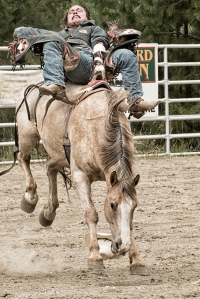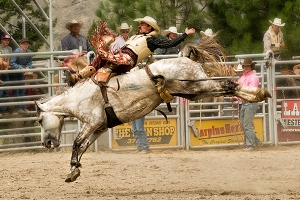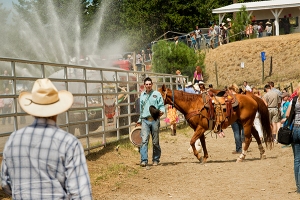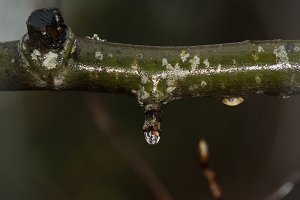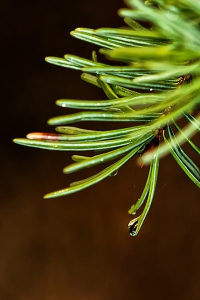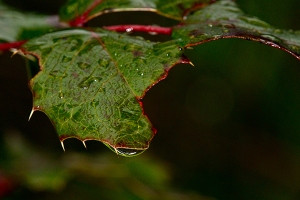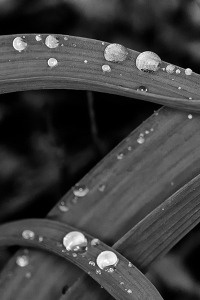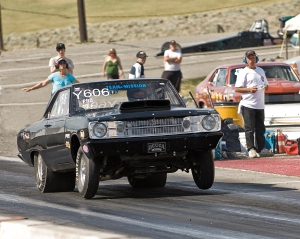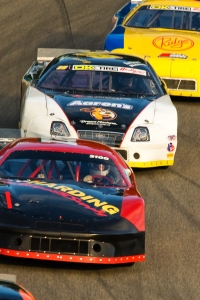Last week I wrote about my photo walk along Vancouver’s streets and I ended by saying that after taking a refreshment break in the afternoon I photographed buildings across the water until I got a text from my friend Jo.
That didn’t end my day of photography.
I picked up Jo and after stopping at a market for some snacks we picnicked on the grass in a small park, then spent some time in a fun store called Rocking Cowboy Clothing. To quote their sign,“Boots, Belts, Brims, New, Used, Vintage.” However, for a photographers enjoyment there were many large B&W photographs of past western movie stars. I wandered looking at the exceptional quality of the large prints that I expect were shot with 8×10 format cameras.
We were waiting for the sun to go down so we could spend the evening photographing things along the waterfront. Its fun to visually play with reflections and the pools of light on the walkway and with long exposures people walking in front of our cameras made no difference at all. Their movement made them invisible.
I’d choose and area to focus on and release the shutter. Then wait and watch not only my subject, but also the response some people had. People sometimes would even apologize. Some would duck and quickly walk to the side. Two guys stopped to tell me how neat it is to photograph from that location in the early morning and pointed to where they shot from. There was an older fellow who noticed us and walked past very slowly, then turned around and walked even slower back the way he had come. I am not sure what he expected. I’m sure he thought he would be in my photograph, but alas he was just an indescribable soft blur.
Just before the sun went down completely I made a few exposures with my infrared camera, then when it got dark I changed cameras to capture the lights normally. Hmmm…”normally” I’m not sure that is the right word.
The night on the waterfront was cool in contrast to the hot day as Jo and I bumped our tripods up and down stairs along the concrete walled walkway, and in the brightly coloured area in front of the 2010 Olympics Caldron.
I am not sure how long we were there. We were absorbed trying to get as creative as possible with the lights.
On this evening I was using a filter with a slight purple cast that would somewhat correct the warm building lights. A tripod is a necessity for sure and a cable release for exposures longer than thirty seconds.
There is the opinion that night photography requires us to be more methodical than shooting in daylight and it is a must to bracket. I wont argue with that, but personally I have too much fun to be that serious. After I reach the location and select my subject I look for mid-tones where details begin to disappear and meter the brightest lights. Then choose an exposure in between that I think will give me the effect I want and press the shutter, if it is to light or to dark I choose another and do it all again.
Sometimes I choose Manual mode and sometimes Aperture priority. My way might seem a bit hit and miss, but after a couple exposures I usually have it and can creatively adjust as I continue on. It’s much the same whether one is photographing a waterfall or lights along the ocean.
Long exposure photography is enjoyable and if you haven’t tried it be sure to. (We all have the extra time now)
Stay safe and be creative.






